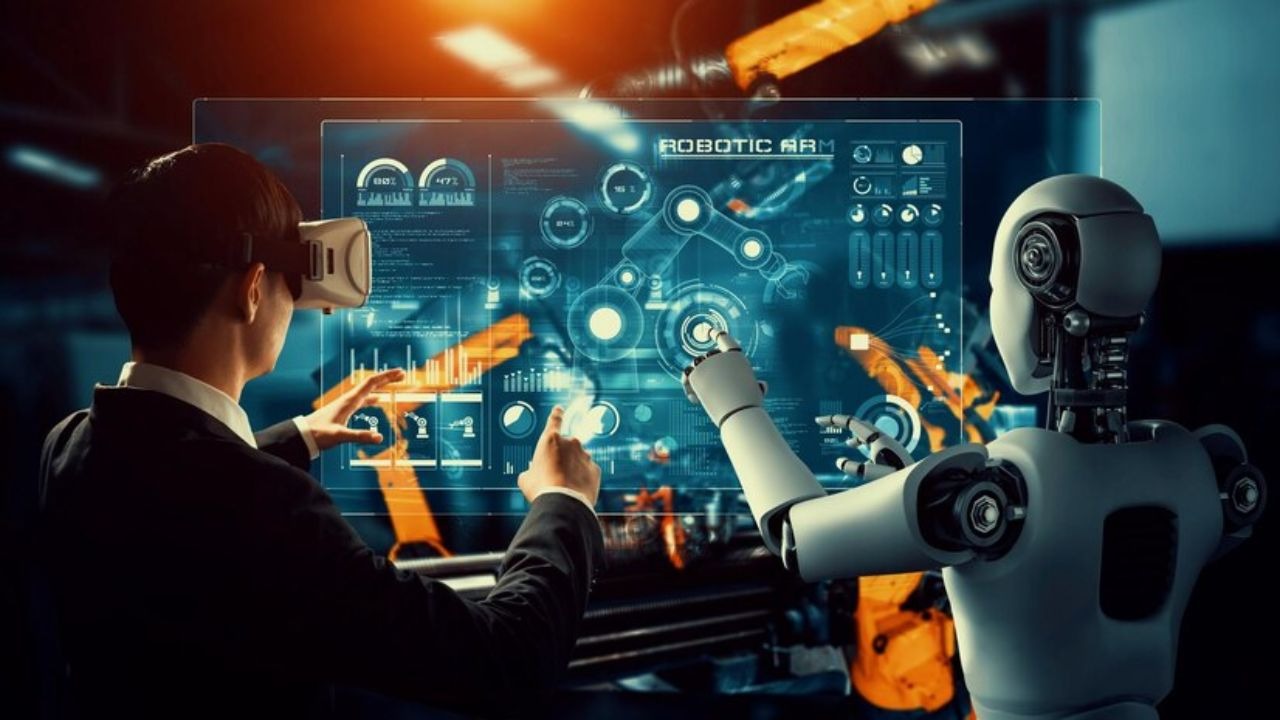Introduction
Robotics is a rapidly advancing field that combines mechanical engineering, electronics, and computer science to create machines capable of performing tasks autonomously. From manufacturing to healthcare, robots are revolutionizing industries by improving efficiency, precision, and safety. This article explores the evolution of robotics, the types of robots, and their impact on various sectors.
What is Robotics?
Robotics is the design, construction, and operation of robots. A robot is a machine that can carry out tasks automatically or semi-automatically. Robotics involves various disciplines, including mechanical design, control systems, and artificial intelligence (AI), to create machines that can mimic or augment human capabilities.
Types of Robots
Robots come in various forms, each suited for specific tasks:
- Industrial Robots: Used in manufacturing, industrial robots can handle tasks such as assembly, welding, and packaging. They are designed for high precision and repeatability.
- Service Robots: These robots assist with tasks in environments like hospitals, hotels, or homes. Examples include robotic cleaners, delivery robots, and medical assistance robots.
- Autonomous Mobile Robots (AMRs): These robots are capable of navigating and performing tasks without human intervention. They are often used in warehouses or logistics for material handling.
- Humanoid Robots: Designed to resemble humans, these robots have applications in research, healthcare, and entertainment.
Robotics in Industry
Robotics has a profound impact on several industries:
- Manufacturing: Robots have revolutionized manufacturing by automating repetitive tasks, increasing productivity, and reducing human error. They are commonly used in car assembly lines and electronics production.
- Healthcare: In the healthcare sector, robots are used for surgeries, rehabilitation, and assisting elderly patients. Surgical robots, such as the Da Vinci system, provide greater precision and control during operations.
- Logistics: Autonomous robots are used in warehouses to move goods, sort items, and assist with inventory management, streamlining operations and reducing labor costs.
- Agriculture: Robotics in agriculture helps with tasks such as planting, harvesting, and monitoring crops. These robots increase efficiency and reduce the reliance on human labor.
The Future of Robotics
As AI and machine learning continue to evolve, robots are becoming more autonomous, capable of learning from their environment, and performing increasingly complex tasks. Future developments in robotics may include self-repairing robots, collaborative robots that work alongside humans, and robots capable of performing creative tasks.
Conclusion
Robotics is transforming industries by automating tasks, improving efficiency, and enabling new capabilities. As technology advances, robots will become more integrated into daily life, enhancing both industrial operations and personal experiences.

Leave a Reply